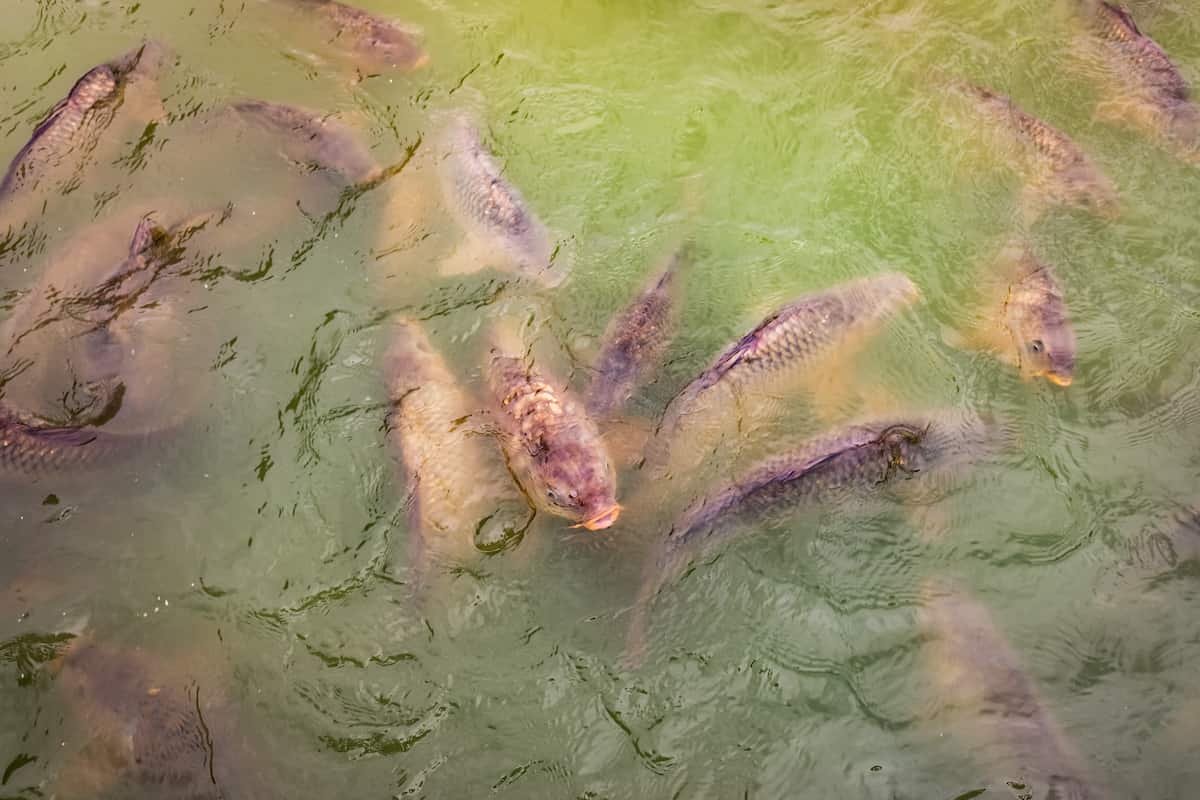Fish farming is an important economic activity in India, and the government offers various subsidy schemes to promote this sector. These subsidy schemes aim to encourage and support fish farmers in India to enhance their productivity and improve their livelihood.

Government Fish Farming Subsidy Schemes in India
Blue Revolution Scheme
The Blue Revolution Scheme is a flagship program of the government of India aimed at increasing fish production and productivity. The scheme provides financial assistance to entrepreneurs, fish farmers, and fisherfolk to develop infrastructure, such as ponds, hatcheries, and fish feed plants. The scheme also promotes the adoption of modern technologies in fish farming and provides training to farmers.
The Blue Revolution Scheme subsidy is available for individual and group projects. For individual projects, the subsidy is 40% of the total project cost, while for group projects, the subsidy is 50% of the project cost. The maximum subsidy limit for an individual project is INR 50 lakhs, while for a group project, it is INR 3 crores.
National Fisheries Development Board (NFDB) Scheme
The National Fisheries Development Board (NFDB) Scheme is a central government scheme that promotes fish farming, hatcheries, and fish seed production in the country. The scheme provides financial assistance for the construction of fish ponds, hatcheries, cold storage, and purchasing equipment and machinery.
Under this scheme, the subsidy is 40% of the total project cost for general category beneficiaries, while for the scheduled castes/scheduled tribes (SC/ST) and women beneficiaries, the subsidy is 60%. The maximum subsidy limit for an individual project is INR 15 lakhs, while for a group project, it is INR 50 lakhs.
Rashtriya Krishi Vikas Yojana (RKVY) Scheme
The Rashtriya Krishi Vikas Yojana (RKVY) Scheme is a central government scheme promoting agriculture and allied activities, including fish farming. The scheme provides financial assistance to farmers and entrepreneurs to develop infrastructure such as ponds, hatcheries, and fish feed mills, as well as to purchase equipment and machinery.
Subsidies under the RKVY plan are capped at 50% of the project cost, up to a maximum of INR 10 lakhs for an individual project and INR 50 lakhs for a group project. The scheme also supports developing roads, electricity, and water supply infrastructure.
Pradhan Mantri Matsya Sampada Yojana (PMMSY) Scheme
The Indian Ministry of Animal Husbandry, Fisheries, and Dairying’s main initiative is the Pradhan Mantri Matsya Sampada Yojana (PMMSY). The scheme aims to double the fish production and income of fish farmers by 2024-25. It provides financial assistance for various activities, including creating new infrastructure, modernization of existing infrastructure, and value addition and marketing of fish products.
In case you missed it: Top 5 Government Pig Farming Subsidy Schemes in India

Under the PMMSY scheme, the subsidy percentage varies based on the activity. For the creation of new infrastructure, the subsidy is 40% of the total project cost, while for the modernization of existing infrastructure, the subsidy is 50%. For the development of fishing harbors and landing centers, the subsidy is 50% of the project cost, while for the establishment of fish brood banks and hatcheries, the subsidy is 60%. The maximum subsidy limit for an individual project is INR 20 crores.
National Bank for Agriculture and Rural Development (NABARD) Scheme
The National Bank for Agriculture and Rural Development (NABARD) provides financial assistance to farmers and entrepreneurs in the agriculture and allied sectors, including fish farming. The bank provides loans for various activities, including constructing ponds, installing aerators, and purchasing fingerlings and feed.
Under the NABARD scheme, the subsidy percentage varies based on the activity. For the construction of ponds, the subsidy is 25% of the total project cost, while for the installation of aerators, the subsidy is 20% of the project cost. The subsidy is 25% of the project cost for the purchase of fingerlings and feed. The maximum subsidy limit for an individual project is INR 50 lakhs.
In addition to the subsidy, NABARD also provides loans at a low-interest rate, ranging from 7% to 9% per annum, depending on the activity and repayment period.
In case you missed it: Top 5 Government Goat Farming Subsidy Schemes in India

Another way to get funding for fish farming is through crowdfunding platforms, where individuals or groups can raise funds for their fish farming projects. Lastly, one can explore partnerships with private investors or NGOs interested in supporting fish farming projects. It is essential to have a well-researched project plan, including the estimated costs, expected returns, and potential risks and challenges, to increase the chances of securing funding for fish farming.
Conclusion
In conclusion, the Indian government has implemented several subsidy schemes to promote fish farming in the country. These schemes offer financial assistance to farmers for the construction of fish ponds, purchase of inputs, and other related activities. Overall, these schemes aim to boost the fisheries sector in the country and improve the livelihoods of fish farmers.
- Feed Your Flock for Less: Top 10 Tips to Save on Chicken Feed
- Ultimate Guide to Ossabaw Island Hog: Breeding, Raising, Diet, and Care
- Hatching Answers: The Top 10 Reasons Your Chickens Aren’t Laying Eggs
- Eggs and Economics: Breaking Down the Cost of Raising Backyard Chickens
- Defend Your Greens: Proven Methods to Keep Iguanas Out of Your Garden
- Ultimate Guide to Cinnamon Queen Chicken: A Comprehensive Guide for Beginners
- Ultimate Guide to California Tan Chicken: Breeding, Raising, Diet, Egg-Production and Care
- Ultimate Guide to Marsh Daisy Chicken: Breeding, Raising, Diet, and Care
- 10 Types of Chicken Farming Businesses You Can Start for Profits